Engine Design Concepts for World Championship Grand Prix Motorcycles
This is not a casual motorcycle enthusiast publication. Composed of eight technical papers published by the SAE International, the book is intended for professional engineers. All the papers use engineering terms with appropriate power vs. displacement charts and various other tables and graphs describing topics like “Effective Intake Valve Area,” “Top Ring Weight vs. Acceleration,” “Volumetric Efficiency,” “Friction Loss Analysis,” and plain old “Engine Performance.” As an SAE member I enjoy reading these publications from time to time simply to keep me current with the science behind the speed. Tables and charts. Math formulas here and there. Not for everyone.
The consensus of the eight papers is that a V5 motorcycle engine provides the best configuration for Grand Prix racing due to a combination of cylinder size, combustion efficiency, power flexibility at part throttle, and low frontal area. Because approximately 80% of a World Championship Grand Prix motorcycle race is conducted at part throttle, pure power is secondary to smooth and precise rpm control through the turns and during acceleration. Anything over 240 hp/liter is currently unusable in a Grand Prix motorcycle because the power can’t be put on the pavement through the small contact patch of the single rear tire. Go above 240 hp and wheel spin, with its attendant loss of control, becomes a handling negative, adding unwanted seconds to the lap time.
The editor of this collection, and author/co-author of two of the included papers, Alberto Boretti, is currently a research professor of mechanical engineering at the Missouri University of Science and Technology. He has a PhD from the University of Florence, Italy, and has worked on many racing engine programs for Ferrari, Alfa Romeo and Fiat Auto Corse. Author Borretti introduces the reader to MotoGP history with an eight-page introductory summary of the history of the race and past engine design concepts, the four-stroke/two-stroke/four-stroke eras, and rules changes that have dictated the sport’s direction. He ends with a few paragraphs on where MotoGP racing should go in the future, then leaves the reader on his own to dive directly into the technical papers.
If you’re just after data, you’ve come to the right place. If it’s readability you want, pause before you buy. The technical papers frequently suffer from poor translations, often leaving the reader with surreal phrasing like this: “Figure 5 shows the slipping down at standing out from some corner.” “The V angle may only affects gas exchange performances,” or “The best tuned lengths are found where the pressure downstream of the exhaust valve exhibits a wide deep during overlapping.” While this often contorted translation from the original German, Italian, and Japanese does make sense in an odd way, it could have easily been edited for clarity when presented in English.
Most of the photos included in the technical papers are poorly reproduced and add very little useful information to the presentation. All in all, not a graphically well-designed book. One could claim budget constraints as the motivator for poor production values, except that the cost of this 120 page paperback is a stout $89.95. That price would seem to leave room for a modest production budget that would allow a more polished end result. Just because technical papers are generally boring graphically and often badly translated is no reason to leave them that way. It is a disservice to the authors.
The book opens with a Table of Contents, Introduction, a list of all the World Championship Grand Prix Riders and Manufacturers since 1949, then proceeds directly into the eight technical reprints, which end the book.
Copyright 2014, Bill Ingalls (speedreaders.info).


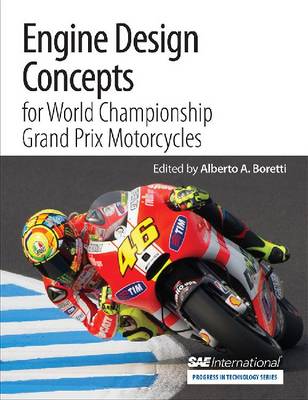
 RSS Feed - Comments
RSS Feed - Comments





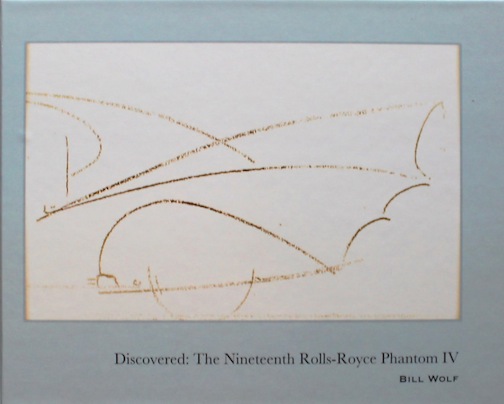



























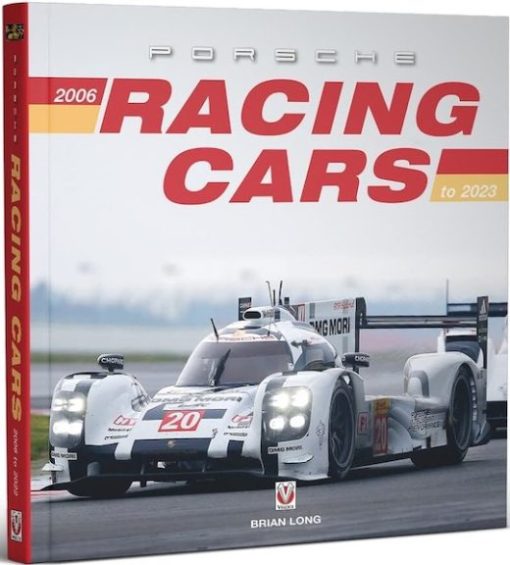





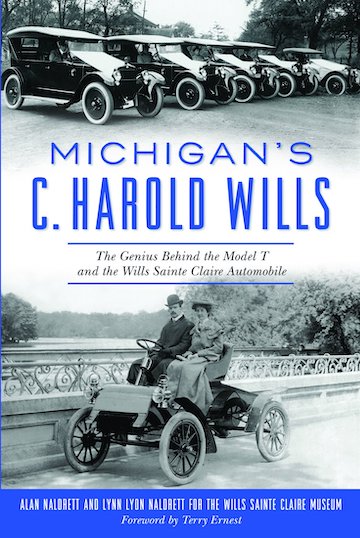



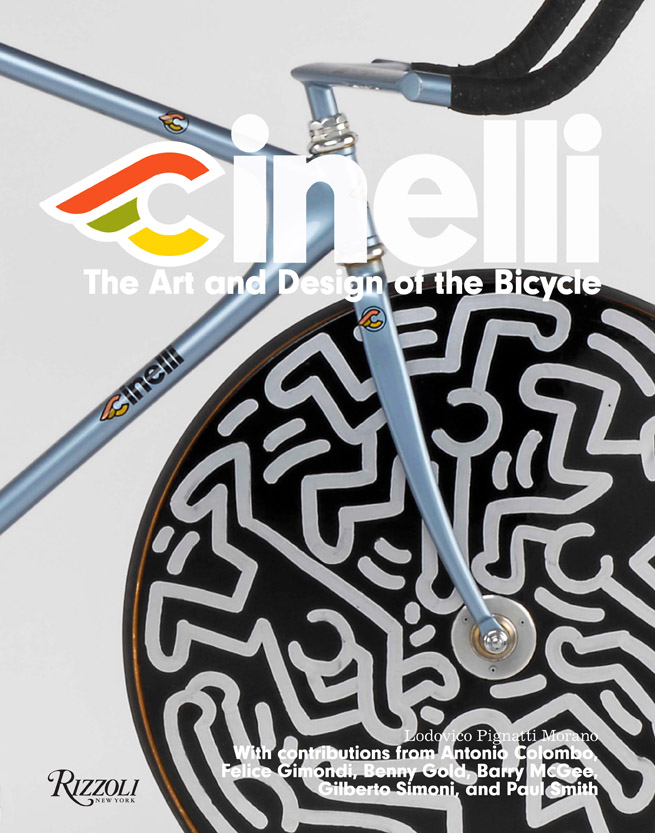

















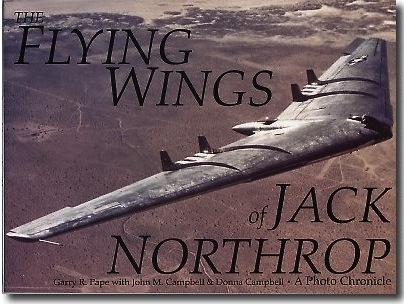








 Phone / Mail / Email
Phone / Mail / Email RSS Feed
RSS Feed Facebook
Facebook Twitter
Twitter